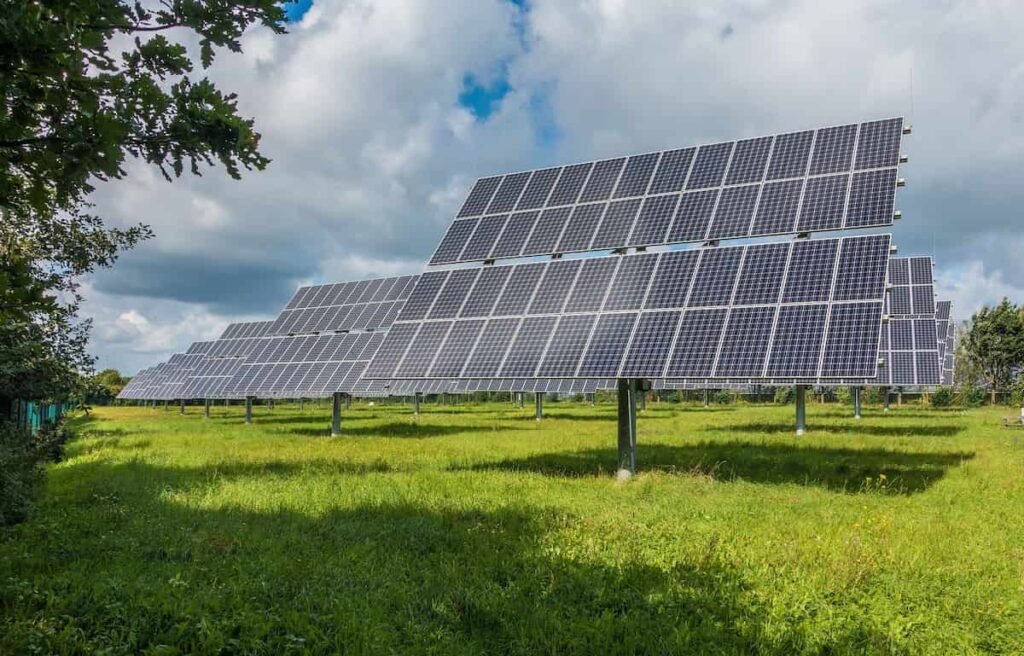
The Middle East, long known for its oil reserves, is now shifting towards a more sustainable and greener future. As the world grapples with climate change and environmental challenges, the region is increasingly investing in renewable energy to reduce its dependence on fossil fuels. Solar and wind energy, among other clean energy sources, are fast becoming integral to national energy strategies. This article explores the renewable energy landscape in the Middle East and its impact on shaping a sustainable future.
The Need for Renewable Energy
The Middle East is one of the hottest regions in the world, making it particularly vulnerable to the adverse effects of climate change. Rising temperatures, water scarcity, and extreme weather events pose a significant threat to the region’s ecosystems and livelihoods. As such, governments across the Middle East are prioritizing renewable energy to curb carbon emissions and combat climate change.
Furthermore, the demand for electricity is soaring due to population growth and urbanization. Renewable energy offers a sustainable solution to meet this demand while reducing the environmental impact of energy production.
Major Renewable Energy Projects in the Middle East
Several countries in the Middle East are leading the way in renewable energy development. Saudi Arabia and the UAE are at the forefront, with ambitious plans to generate a significant portion of their energy from renewable sources.
Saudi Arabia’s Kingdom Vision 2030 outlines a strategic framework to diversify the country’s energy sources and reduce its dependence on oil. One of the most prominent projects is the Neom City, a futuristic urban development powered entirely by renewable energy, with solar and wind energy playing a pivotal role.
The UAE has been making significant strides in this field as well. The Mohammed bin Rashid Al Maktoum Solar Park in Dubai is the largest single-site solar park in the world, with a planned capacity of 5,000 MW by 2030. This project showcases the UAE’s commitment to becoming a global leader in sustainable energy.
Solar Energy: A Natural Fit for the Middle East
With its abundant sunlight, solar energy is an obvious choice for the Middle East. The region enjoys some of the highest solar irradiance levels in the world, making it ideal for large-scale solar projects. Countries like Jordan, Oman, and Egypt have also been investing heavily in solar energy.
Egypt’s Benban Solar Park, one of the largest in the world, has a capacity of 1.8 GW and is set to play a crucial role in Egypt’s energy mix. Similarly, Oman’s Ibri II Solar Project is expected to provide clean energy to over 50,000 homes once completed.
Wind Energy: Tapping into Untapped Potential
While solar energy dominates the renewable energy landscape in the Middle East, wind energy is also gaining momentum. Countries like Morocco and Egypt have been making significant investments in wind farms. Morocco’s Tarfaya Wind Farm, with a capacity of 301 MW, is one of the largest in Africa and the Middle East.
Egypt is also harnessing wind energy through its Gulf of Suez Wind Project, which will add 250 MW of wind capacity to the national grid. These projects highlight the potential for wind energy to complement solar in the region’s renewable energy mix.
Challenges and the Way Forward
Despite the significant progress, there are challenges that the Middle East must overcome to fully transition to renewable energy. The region’s energy infrastructure is still heavily reliant on fossil fuels, and significant investment is required to modernize the grid and integrate renewable sources.
Another challenge is energy storage. As solar and wind energy are intermittent, the region needs to invest in battery storage solutions to ensure a stable supply of electricity. The future of renewable energy in the Middle East will depend on overcoming these hurdles through innovation and collaboration.
The Middle East is rapidly transforming its energy landscape, with renewable energy playing a key role in powering its future. Solar and wind energy projects are sprouting across the region, setting the stage for a greener, more sustainable future. With continued investment and innovation, the Middle East has the potential to lead the world in renewable energy adoption.